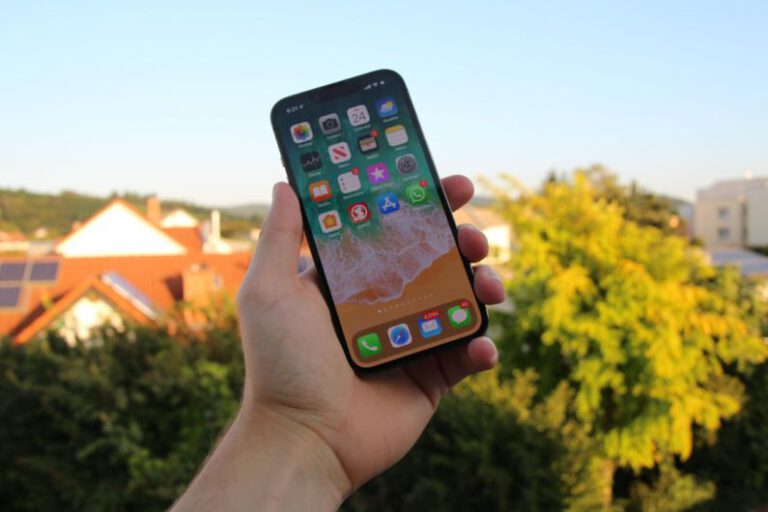Wireless Charging 2.0: Powering Your Devices Mid-air
In the era of ever-evolving technology, the concept of wireless charging has taken a giant leap forward with the introduction of Wireless Charging 2.0. Imagine a world where you no longer need to fumble with tangled cords or hunt for available outlets, where your devices seamlessly charge mid-air. This futuristic technology is not just a concept from a sci-fi movie; it is a reality that is set to revolutionize the way we power our devices.
The Evolution of Wireless Charging
Wireless charging is not a new phenomenon, with its inception dating back to the early 20th century. The technology has since made significant strides, with Wireless Charging 2.0 marking the next phase in its evolution. Traditional wireless charging required devices to be placed on a charging mat or stand in close proximity to a charging dock. However, Wireless Charging 2.0 eliminates the need for physical contact between the device and the charging source, allowing for a truly wireless experience.
How Does Wireless Charging 2.0 Work?
At the heart of Wireless Charging 2.0 is the concept of mid-air charging, where devices can be powered simply by being in the vicinity of a charging transmitter. This technology utilizes electromagnetic resonance or radio frequency signals to transmit power wirelessly. By harnessing the power of electromagnetic fields, devices can draw energy from the charging source without the need for direct physical connection. This innovative approach not only enhances convenience but also opens up a world of possibilities for powering various devices simultaneously.
Applications in Daily Life
The potential applications of Wireless Charging 2.0 are vast and varied, with implications across multiple industries. In the consumer electronics sector, this technology could revolutionize the way we interact with our devices. Imagine walking into a room and having your smartphone, smartwatch, and laptop automatically start charging without any effort on your part. Wireless Charging 2.0 could also extend to public spaces such as airports, cafes, and offices, where charging stations could be seamlessly integrated into the environment, providing a convenient power source for all users.
The Future of Mobility
One of the most exciting prospects of Wireless Charging 2.0 lies in its impact on the automotive industry. Electric vehicles (EVs) stand to benefit significantly from this technology, with the potential for mid-air charging stations to be integrated into roads, parking lots, and garages. This could eliminate the need for traditional charging stations and extend the range of EVs by enabling continuous charging while on the move. The concept of wireless charging could also extend to other forms of transportation, such as drones and autonomous vehicles, paving the way for a more efficient and sustainable future.
Environmental Implications
Beyond the realm of convenience and innovation, Wireless Charging 2.0 also holds promise in contributing to a greener planet. By enabling more efficient charging methods for electronic devices and vehicles, this technology could help reduce energy consumption and carbon emissions. The elimination of disposable batteries and cords could also have a positive impact on electronic waste management, further promoting sustainability in the tech industry.
Embracing the Future of Wireless Charging
As we look towards a future powered by Wireless Charging 2.0, it is clear that the possibilities are endless. From transforming the way we charge our devices to shaping the future of transportation, this technology has the potential to revolutionize the way we interact with technology on a daily basis. By embracing this innovative approach to power delivery, we can pave the way for a more connected, efficient, and sustainable world. Get ready to power up mid-air and step into the future of wireless charging.






